Writing Music for Sports Broadcast with Taylor Ralph

The Brief
The Creation
Producer’s Toolbox composers Anthony Clint Jr. & Greg Savage breaking down Graphics track, “Savage Gameplay.”
Producer’s Toolbox composer, Chris Justice, breaking down Highlights track, “Machine Baller.”
The Placement

Hi Taylor! How are you?
Hi Kyle, I’m doing well! How are you doing?
I’m great! Thanks for taking a few minutes to talk sports music with me. So let’s start with the basics. How would you define music for sports? What are some quintessential elements in your experience?
Well, I’d characterize it as energetic, but not the life of the party. Each track needs to have an identity, but even in feature segments, we still have player and announcer calls, so it can’t be too distracting to what’s going on.
Otherwise, music for sports should be upbeat, driving, and fun. What I’m looking for are tracks that move well with a piece and fit the producers vision for the production.
What would you say makes music important to the game viewing experience?
In a sports game and sports promo, that mood has to stay heightened throughout. For a player feature or documentary the music may be more dramatic or emotional depending on the story. Music is how we can pull people in. Within a game it’s not something a regular sports fan necessarily tunes in to, but if it doesn’t hit quite right, it’s really noticeable to the viewer. It happens occasionally, and part of my job is providing options that work perfectly.
And what makes streamlining those options important to the game programming experience?
I’ll give you an example. Last year, we were on the road for the Army/Navy game. That’s a rivalry people really tune in for and it’s not a typical weekend schedule. Our remote crews were different. Our A1 was switched. The A1 is doing a million things and his main focus is making sure all the talent and production audio levels are correct and sound good, so they don’t have much time before to listen to each and every track and think about what they’re going to play. When we’re finalizing music cuts in that sort of environment you have to have music that you know would sound good for any production element and not be too distracting over the voice over. That’s music you just have to be able to rely on and also know would enhance the production.
Absolutely, so before this point, it’s a whirlwind week of searching and planning. Take me through your week a bit.
During this process and when you put out the call for tracks, what are some green flags in a vendor?
That they listened to and matched the references, understood the producer’s vision, and sent us exactly what we’re looking for. Asking questions is always a plus. For vocal cuts, the quality of the track should sound as close to a commercial song as possible. That’s what we’re aiming for most times with vocal production songs. We’re finalizing multiple production pieces within the week so we don’t always have the time or can’t always afford to get a Top 40 commercial track. In my opinion the goal is to have the viewer love a song so much that they pull out Shazam. (FYI, there should be Shazam for production music ?)